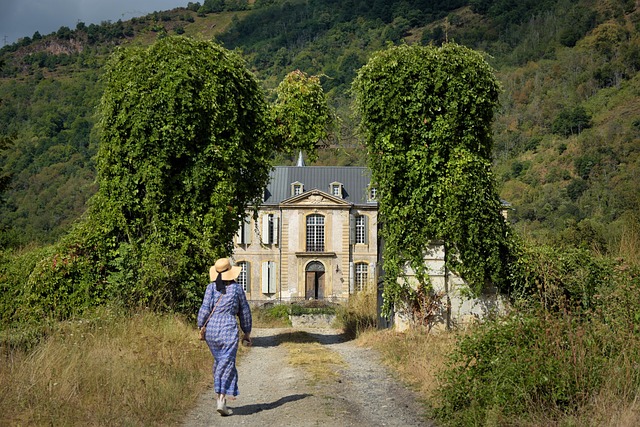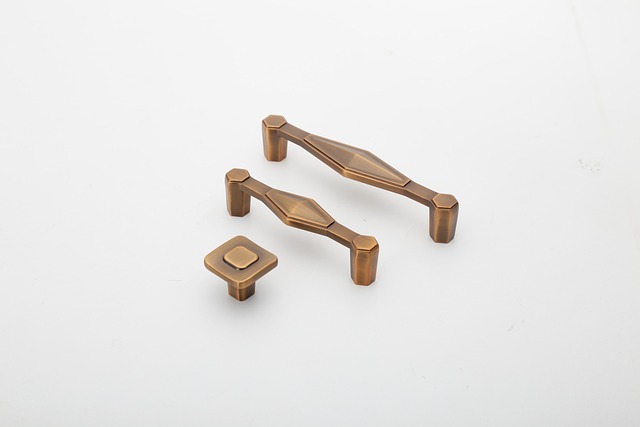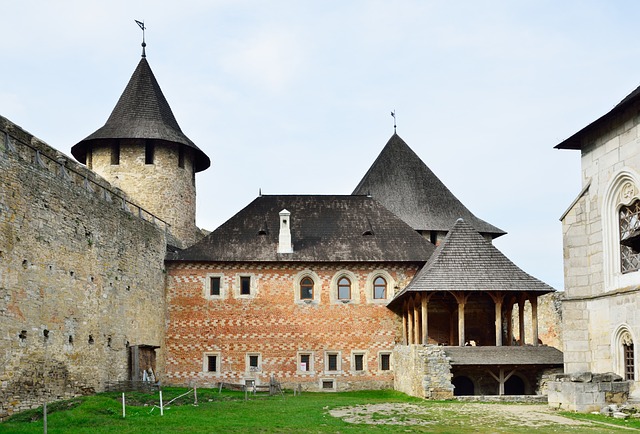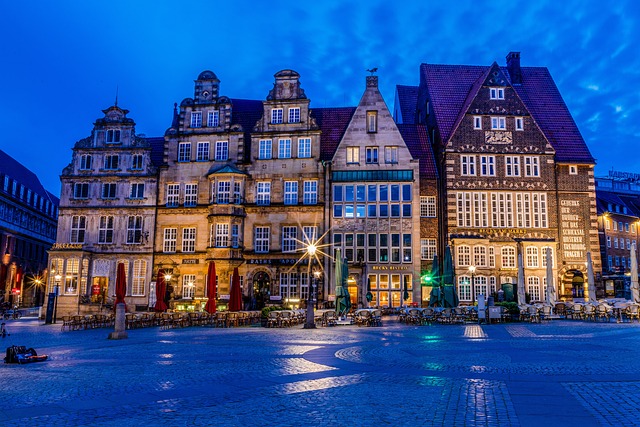Preserving and documenting historic real estate features is crucial for authenticity and market value. Thorough inspections by conservators assess structural integrity and aesthetic value. Modernizing historical properties requires a balanced approach, maintaining original charm while meeting market demands to attract buyers seeking authentic homes.
In the realm of real estate, preserving historical architecture is a delicate art. When refurbishing vintage properties, carefully documenting and identifying original architectural elements is crucial. This includes intricate details like moldings, fireplaces, or unique flooring. Once noted, assess the conservation and restoration required to maintain these features’ integrity. Implement modernization strategies while preserving the past, ensuring a harmonious blend of old and new that captivates both history enthusiasts and contemporary buyers.
Identify and Document Historic Features

Identifying and documenting historic features is a crucial step in preserving the authenticity of any real estate property. This involves meticulous examination to uncover and record all original architectural elements, from intricate decorative details to structural components that reflect the building’s era. It’s like piecing together a historical puzzle to capture the essence of the past.
By conducting thorough research and engaging professionals with expertise in historic preservation, you can create an extensive archive. This includes detailed descriptions, high-quality photographs, and even 3D models to showcase the features accurately. Such documentation not only aids in future restoration efforts but also enhances the property’s value within the context of real estate market trends that increasingly appreciate historical significance.
Assess Conservation and Restoration Needs

Before any renovation or restoration work begins, a thorough assessment of the property’s architectural elements is crucial for real estate projects. This involves identifying and evaluating each unique feature—from historical walls to intricate ceiling designs—to determine their current state and conservation requirements. Professional conservators and architects play a vital role in this initial phase, conducting meticulous inspections and creating detailed reports that guide subsequent decisions.
The assessment process encompasses considering both structural integrity and aesthetic value. It’s not just about ensuring the building’s framework is safe but also preserving its original charm. This includes researching and understanding the era and style of the architecture to make informed choices about how best to restore or enhance these precious elements, especially in the context of real estate market demands.
Implement Preservation Strategies While Modernizing

When modernizing a property, it’s crucial to balance contemporary updates with preserving its historical charm. Implement preservation strategies that respect the building’s original architecture and materials. This might involve selecting renovation designs that complement the existing style, using similar finishes, and ensuring structural elements like beams, arches, or unique tiling remain intact.
In real estate, investors and developers often face the challenge of updating spaces while preserving their character. Careful planning and collaboration with architects who specialize in historic preservation can result in stunning transformations that attract a niche market interested in authentic, well-restored properties. This approach not only adds value but also contributes to the cultural fabric of communities by keeping architectural treasures alive for future generations.






